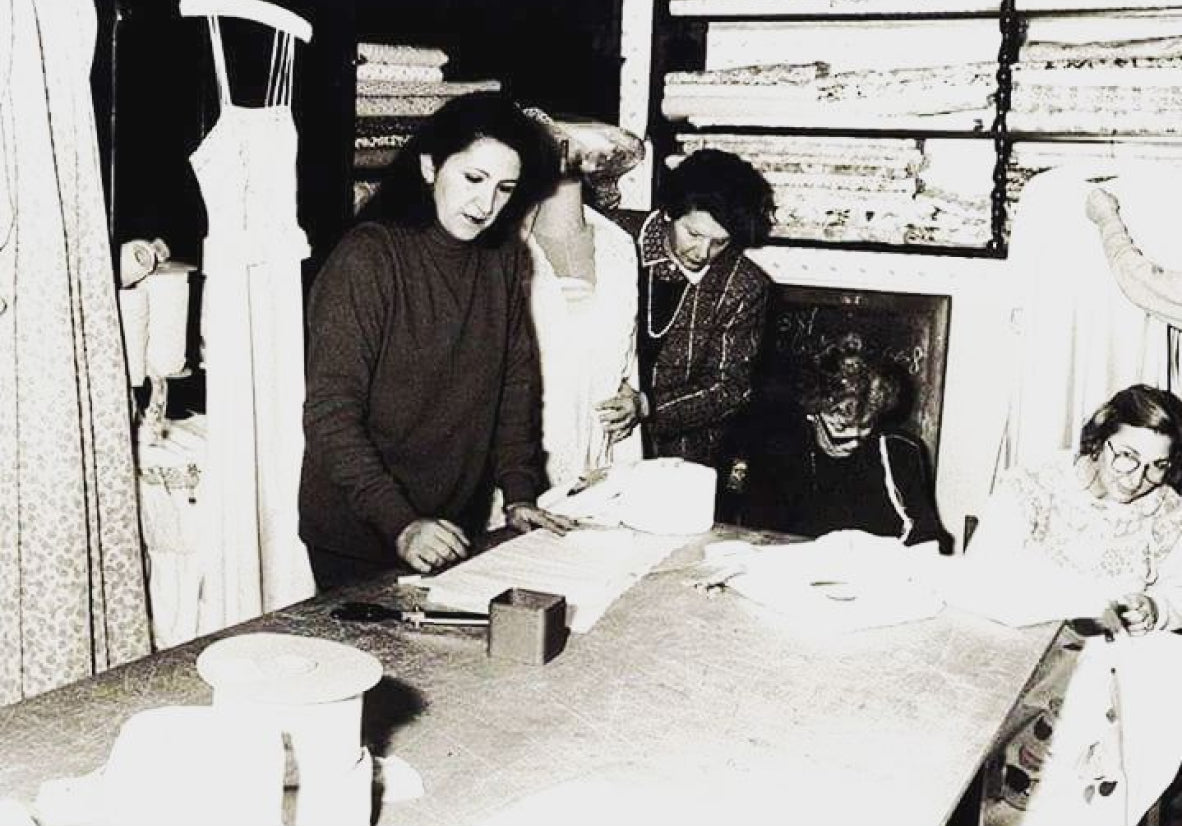Loretta Caponi

Meet The Maker:
Loretta Caponi
A Loretta Caponi bedspread is unmistakable for its archival floral motifs, hand-embroidered and hand-printed by master artisans in Tuscany. Resembling heirlooms passed down over generations, the locally milled cotton linens bring the cachet of old family villas. The late designer's daughter Lucia and grandson Guido oversee the business from the atelier, or botteghe, on Florence’s venerable Via Tornabuoni.